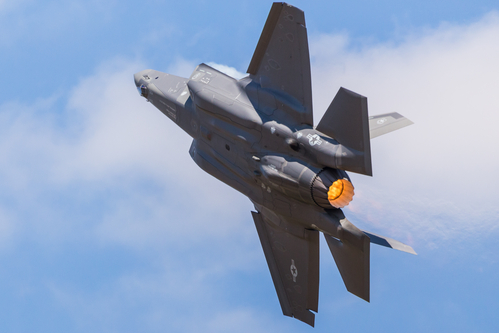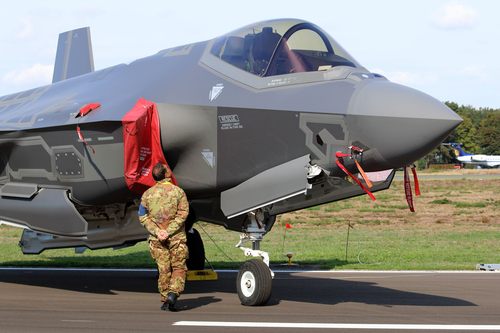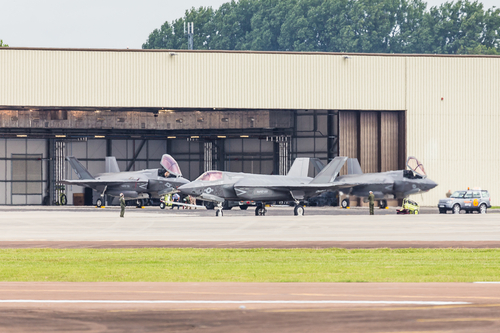
In an evocative nod to its storied military history, Poland has officially christened its cutting-edge F-35A Lightning II aircraft as “Husarz,” a tribute to the legendary Winged Hussars, the elite cavalry that was instrumental in several historic battles.

This decision, a blend of advanced military technology and deep-rooted heritage, was determined through a democratic public competition.

As the anticipation builds for the arrival of the new stealth jets, the first of the 32 F-35 Husarz fighters reached a significant production milestone, standing with weight on wheels at Lockheed Martin’s Fort Worth, Texas facility.

This traditional naming convention, assigning local names to foreign-made aircraft, continues with the Polish Air Force – a practice that includes their F-16 Fighting Falcon, domestically termed as Jastrz b (Falcon).

The Winged Hussars, symbolized by their distinct feathered armor, were formidable during the Polish-Lithuanian Commonwealth’s “Golden Age,” contributing to over 16 major victories in conflicts with the Ottoman Empire and Russian forces.

The most renowned of these was the Siege of Vienna, where they played a pivotal role in lifting the Ottoman siege of the Austrian city.

Although the modern F-35 Husarz lacks the flamboyant flair of the Winged Hussars, their subdued markings ensure that their stealth capabilities remain uncompromised. According to General Wiesław Kukuła, Chief of the Polish Armed Forces General Staff, the aircraft will not bear the traditional white-red checkerboards, opting instead for greyscale, thus reducing their detection probability.

“The most important thing is ‘warfighting’ and the safety of our pilots,” Kukuła stated, underscoring the operational priorities.

The first Polish F-35s will initially be stationed at Ebbing Air National Guard Base in Arkansas for pilot training, with plans to establish operational squadrons at the 32nd Tactical Air Base in Lask and the 21st Tactical Air Base in Swidwin.

This acquisition is part of Poland’s broader defense modernization, especially in light of the heightened security concerns from Russia, evidenced by its all-out invasion of Ukraine in early 2022.

Poland’s commitment to its military prowess is further reflected in its defense spending, which now exceeds 4.23 percent of its GDP, more than doubling the NATO target.

Additionally, the country has expressed intentions to host nuclear weapons, a posture intensified by the ongoing conflict in Ukraine.

The F-35 Husarz, equipped with the latest Technology Refresh 3 (TR-3) and future Block 4 capabilities, symbolizes a critical step in advancing Poland’s air defense capabilities.

The convergence of history and high-tech in the naming of the F-35 Husarz not only honors the past but also signals a robust future trajectory for Poland’s military strategy in a complex geopolitical landscape.

With the Winged Hussars’ spirit embedded in its ethos, Poland’s Air Force is set to soar into a new era of aerial dominance and deterrence.
